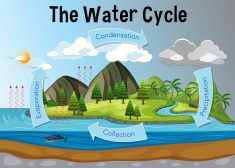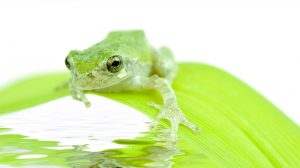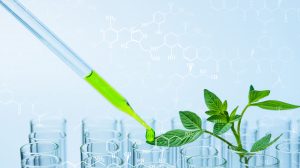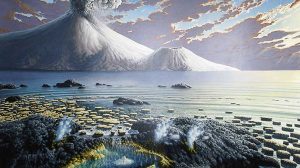Definition
noun, plural: prostaglandins F
A biologically active prostaglandin that forms when the intermediate prostaglandin H2 reacts with aldose reductase, has a chemical formula of C20H34O5, and can react with and activate prostaglandin F receptors (FPs) leading to the contraction of certain smooth muscle tissues, such as the uterus
Supplement
Prostaglandin is an eicosanoid that is derived from unsaturated 20-carbon fatty acids, such as arachidonic acid, through the cyclooxygenase pathway. There are several prostaglandins and they are designated by appending a letter, i.e. from A to I, to indicate the type of substituents found on the hydrocarbon skeleton. There are four major types of prostaglandins produced biosynthetically: prostaglandin E2 (PGE2), prostacyclin (PGI2), prostaglandin D2 (PGD2) and prostaglandin F2α (PGF2α).
PGF series is a group of prostaglandins. An example is prostaglandin F2-alpha (PGF2α) naturally produced in the body, e.g. by uterus, airways, eyes, and vascular smooth muscle cells. Just like the other prostaglandins, PGFs are derived from arachidonic acid and then reacts with cyclooxygenase receptors (particularly, COX-1 and COX-2) to produce prostaglandin H2 (prostaglandin intermediate). When prostaglandin H2 reacts with aldose reductase (AKR1B1), PGF2α) is formed.
PGF2α has a chemical formula of C20H34O5. When PGF2α reacts with prostaglandin F receptors (FPs), it causes contraction of certain smooth muscle tissues, such as uterus. Thus, it is involved in bronchoconstriction and uterine contraction.
As a medication, PGF2α is used to induce labor. In higher dosage, PGF2α) acts as an abortifacient. It causes pregnancy termination since it acts on the corpus luteum, causing luteolysis or the degradation of the corpus luteum.
Abbreviation/Acronym:
- PGF
Chemical formula:
See also:
Related term(s):





